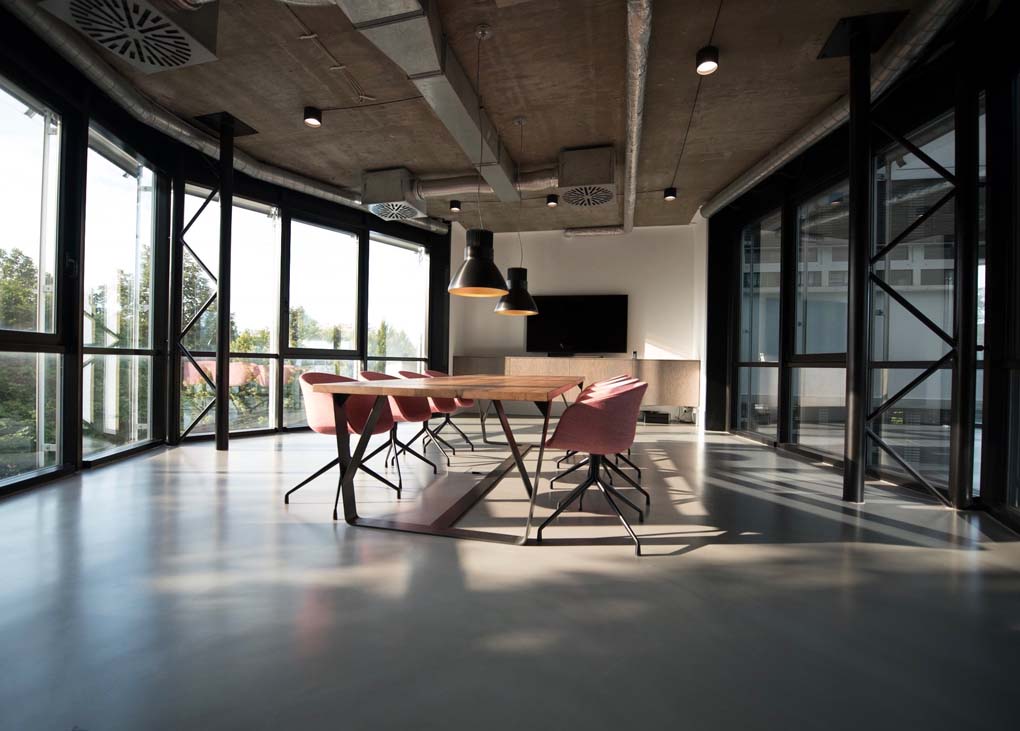By Craig Roussac, M.AIRAH.
All buildings are created for people, and building owners must ensure they are safe. But unfortunately, as with most things in life, there is no guidebook setting out the “ideal” way to achieve that outcome. This is especially true in a pandemic.
Over recent days, research has been published in the journal Nature that suggests the SARS-CoV-2 virus strain that causes COVID-19 may have the potential to be transmitted via aerosols (airborne particles less than 5µm diameter). And reports from laboratory experiments published in the New England Journal of Medicine have demonstrated that the virus can potentially remain viable in aerosols for up to three hours under common indoor conditions.
These findings follow analyses of other coronaviruses, including those that caused SARS and MERS, which found it was possible that some infections in the past may have occurred from breathing in tiny virus-laden aerosols.
So despite much debate within the scientific community that may take years to resolve, in theory at least, it may be possible for people to contract COVID-19 by breathing in tiny particles that have been floating around the indoor air for some hours. But on the other hand, one thing seems abundantly clear: COVID-19 infections are many thousands (millions?) of times more likely to come direct from pathways described by the World Health Organisation (WHO) in its authoritative “Getting workplaces ready for COVID-19” document, not from aerosols.
Appropriate precautions?
Quite sensibly, many of the Heating, Ventilation and Air Conditioning (HVAC) industry’s leading authorities are recommending a cautious approach to the management of building systems during this period.
The Chartered Institution of Building Services Engineers (CIBSE) has issued detailed and helpful guidance on appropriate measures to reduce transmission risks in buildings. ASHRAE, the American Society of Heating, Refrigerating and Air-Conditioning Engineers, has also recently issued a position document on infectious aerosols, which can be reduced to two key points:
- That airborne exposure to the virus should be controlled
- Ventilation and filtration provided by HVAC systems can reduce the risk of transmission through the air, so disabling of HVAC systems to reduce the transmission of the virus is not recommended.
Maximising the circulation of outside air is always considered a good practice for human health, especially when ambient conditions are favourable. CIBSE notes that the potential public health benefit of increasing outside air circulation at this time “outweighs the reduction in energy efficiency caused by not recirculating air”; but this is where common sense needs to be applied. For example, among its “recommended precautionary measures” the Federation of European Heating, Ventilation and Air Conditioning associations (REHVA), recommends outside air ventilation systems be operated at low speed 24/7 during the pandemic (and at constant full speed during regular operating hours and for two hours beforehand).
Can the energy and environmental cost of constantly running HVAC equipment be justified on available evidence? With deployment of highly sophisticated optimisation and control strategies, perhaps.
But it is important to note that for an HVAC system (or indoor air) to be contaminated, there must already be a source inside the building that is spreading the disease through coughing or sneezing large droplets (> 10µm diameter). Such material, which travels about 1–2m from the infected person and falls to surfaces, should be the main concern of building operators.
This is why, in addition to WHO guidance on hand-washing, hygiene and cleaning, leading virologists and aerosol scientists recommend avoiding indoor meetings and suggest wearing masks at all times because masks offer double, two-way protection. Whether those measures are practical or not will depend on the circumstances.
So, if there was a guidebook for how to protect the health and wellbeing of building occupants during these times, it would probably suggest that ramping up the air conditioning may not be necessary, and is certainly not sufficient, to keep people safe from COVID-19.
This article was originally published here.
 Mark Vender
Mark Vender


Leave a Reply